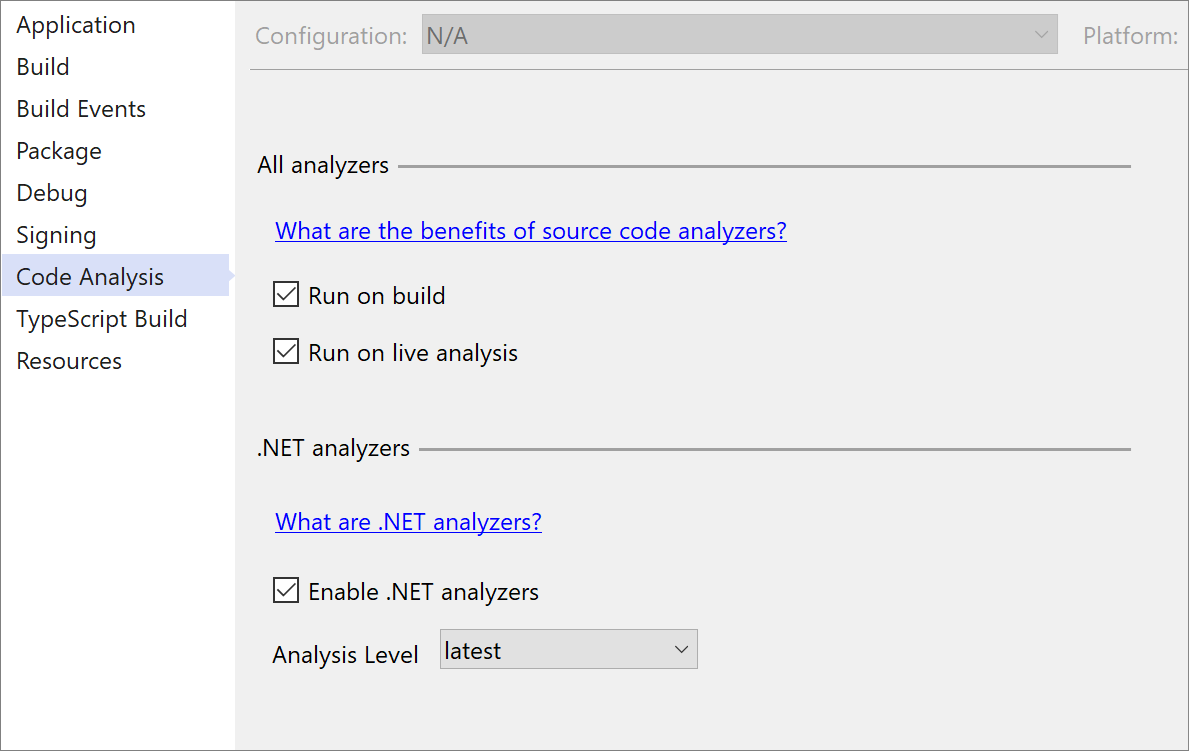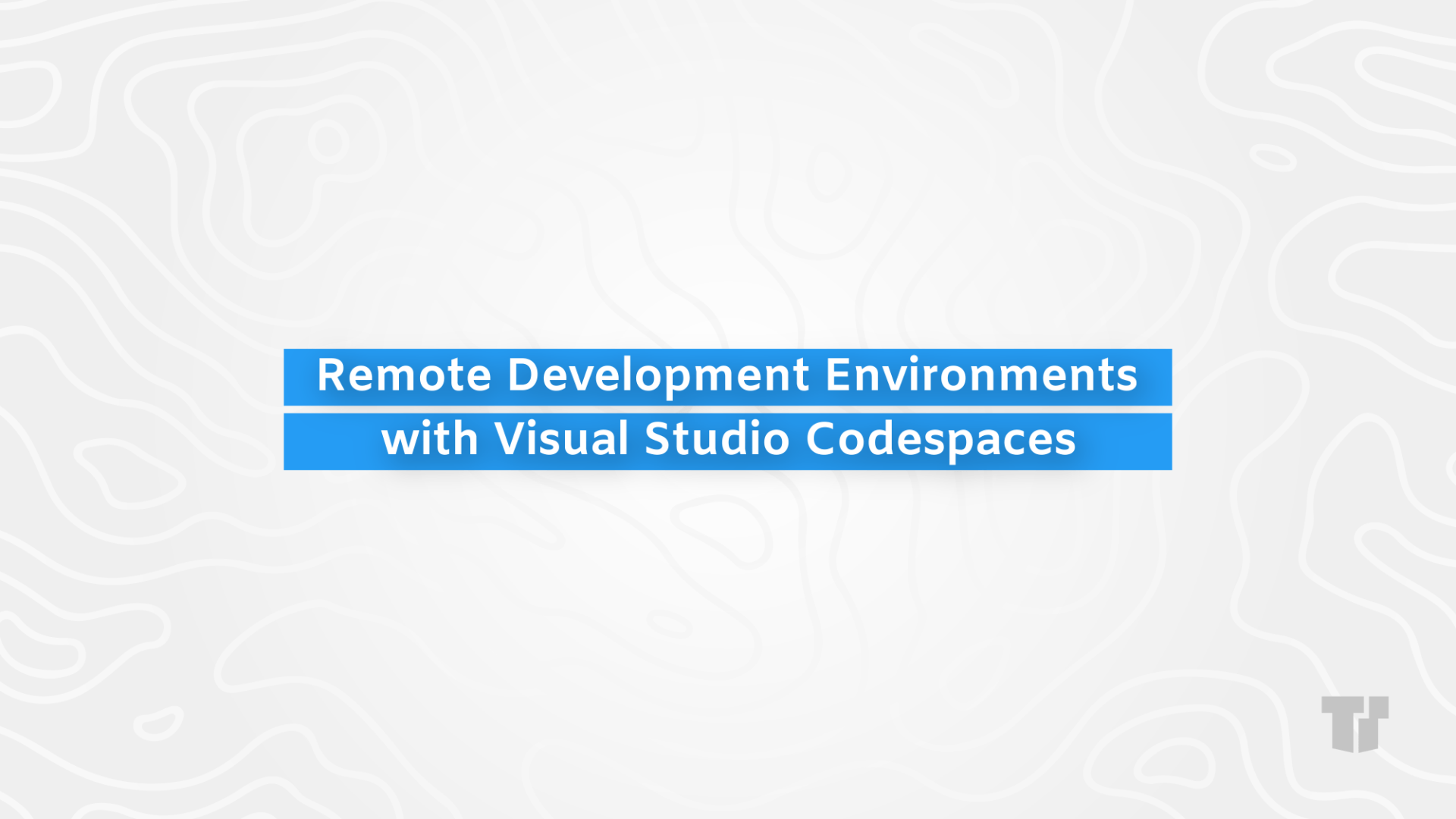
- #Visual studio 2019 remote development zip file
- #Visual studio 2019 remote development update
- #Visual studio 2019 remote development full
- #Visual studio 2019 remote development free
#Visual studio 2019 remote development full
We love hearing about what is and isn’t working for you with new features like this and with the Linux workload in general.Microsoft’s Visual Studio family remains at the heart of its developer tools strategy: with Visual Studio 2019 the latest generation of its full featured IDE, and with Visual Studio Code’s monthly releases supporting developers on Windows, Mac, and on Linux. We are also looking at ways to trigger the synchronization of headers automatically on use of a connection so manually updating won’t be required. We already have plans to support project specific headers, including those added through CMake. We will continue to improve this feature in subsequent releases. Select the connection that you want to get a local header cache for and select Download.ĭownload the Visual Studio 2017 Preview and select the Linux C++ Workload, add a Linux connection, and try it with your projects. To add them go to Tools > Options, Select Cross Platform > Connection Manager > Remote Headers IntelliSense Manager. If you have added connections in past releases they are not automatically opted into this experience.
#Visual studio 2019 remote development update
Our Update mechanism will not respect changes made here manually. This is not intended for you to make changes in this location, it should be treated as read only.



You can also see where we have saved the header files for the connection by selecting Explore which will open File Explorer in that location. If needed you can also disable automatically downloading headers for new connections here.
#Visual studio 2019 remote development free
If you want to keep a connection and free space by getting rid of the header cache, select the connection and choose Delete. To update the header cache after making changes on your Linux machine, select your remote connection and select Update. To manage your header cache, navigate to Tools > Options, Select Cross Platform > Connection Manager > Remote Headers IntelliSense Manager. Here you can see that when peeking at the definition for endl the header where that is defined is in my header cache, not a generic location. Now whenever you select this connection in a Linux project, whether it is a Visual Studio or CMake project, you will get IntelliSense from the headers of this connection.
#Visual studio 2019 remote development zip file
Upon completion of creating the zip file you will see progress information on the status of copying and unzipping that to your local machine. Upon establishing a successful connection, you will see a dialog that we have started gathering the headers for the connection. Provide your connection information, host, user name, and credentials. This dialog also appears if you try to perform an operation in a project that requires a remote Linux connection and you have none defined. The Connect to Remote System Dialog will appear. To add a new connection, go to Tools > Options, Select Cross Platform > Connection Manager and select Add. Note that you do need zip installed on the Linux machine you are connecting to for this to work. Then, when you use that connection in a Visual Studio or CMake project, the headers in those directories will be used to provide IntelliSense.

Those directories will be zipped up and copied to a directory on your local Windows machine. When you add a new connection in the Connection Manager we will automatically determine the include directories for the compiler on the system. If you are just getting started with the C++ Linux support in Visual Studio you can read our C++ Linux tutorial at aka.ms/vslinux. This is part of the Linux development with C++ workload that you can choose in the Visual Studio installer. In Visual Studio 2017 15.7 Preview 3 we are introducing IntelliSense for headers on remote Linux connections.


 0 kommentar(er)
0 kommentar(er)
